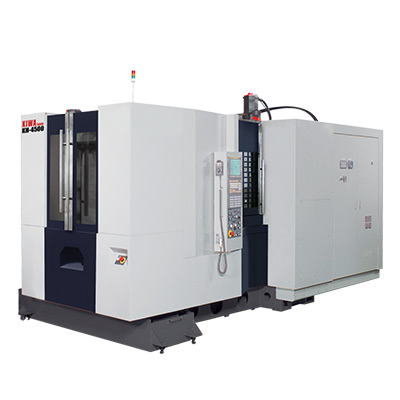r134a hose
Understanding R134A Hose An Essential Component in Refrigeration Systems
R134A, or tetrafluoroethane, is a popular refrigerant used in various air conditioning and refrigeration applications. As environmental regulations evolve and the demand for more efficient cooling systems increases, understanding the components associated with R134A is crucial. Among these components, the R134A hose plays a vital role in ensuring the effective transfer of refrigerant throughout the system.
What is R134A Hose?
R134A hoses are specifically designed to handle the unique properties of R134A refrigerant. These hoses are typically constructed from high-quality materials that can withstand the pressure and temperature variations characteristic of refrigeration systems. The internal lining of R134A hoses is usually made of rubber or elastomer compounds that are resistant to the chemical properties of R134A, preventing leaks and maintaining system efficiency.
Key Characteristics of R134A Hoses
1. Pressure Resistance R134A operates under high pressure; therefore, the hoses must be designed to resist bursting and deformation. Most R134A hoses can handle pressures exceeding 300 PSI, ensuring safety and reliability in various applications.
2. Temperature Tolerance The temperature in refrigeration systems can fluctuate significantly. R134A hoses are built to endure both high and low temperatures without losing structural integrity. This temperature tolerance is vital for maintaining optimal performance throughout the lifespan of the hose.
3. Chemical Compatibility The material used in R134A hoses must be compatible with the refrigerant to avoid degradation over time. Traditional rubber hoses may fail when exposed to R134A, leading to leaks and system inefficiencies. Thus, hoses made from specially formulated compounds are preferred.
r134a hose

4. Flexibility and Durability R134A hoses are engineered to be flexible enough to navigate through tight spaces in automotive or residential applications, while also being durable to resist wear and tear from the surrounding environment.
Applications of R134A Hoses
R134A hoses find extensive use in a variety of applications, including automotive air conditioning systems, home refrigerators, commercial cooling units, and industrial refrigeration systems. In vehicles, R134A hoses connect the compressor, condenser, and evaporator, facilitating the movement of refrigerant to cool the cabin. In commercial and industrial settings, these hoses help maintain ideal temperatures in refrigeration units, ensuring optimal food preservation and comfort in air-conditioned spaces.
Maintenance and Replacement
Regular maintenance of R134A hoses is essential to ensure system efficiency. Technicians must routinely inspect hoses for signs of wear, such as cracks, bulges, or leaks. If any damage is detected, immediate replacement is necessary to prevent refrigerant loss and system failure. When replacing R134A hoses, it's crucial to choose high-quality products that meet industry standards to ensure reliability and safety.
Conclusion
R134A hoses are a critical component in the efficient operation of refrigeration and air conditioning systems. Understanding their characteristics and applications can help users maintain their systems effectively, promoting longevity and optimal performance. As technology advances and regulations continue to shift towards more environmentally friendly solutions, being informed about the components of these systems, like the R134A hose, remains essential for both consumers and professionals in the field.
-
Ultimate Spiral Protection for Hoses & CablesNewsJun.26,2025
-
The Ultimate Quick-Connect Solutions for Every NeedNewsJun.26,2025
-
SAE J1401 Brake Hose: Reliable Choice for Safe BrakingNewsJun.26,2025
-
Reliable J2064 A/C Hoses for Real-World Cooling NeedsNewsJun.26,2025
-
Heavy-Duty Sewer Jetting Hoses Built to LastNewsJun.26,2025
-
Fix Power Steering Tube Leaks Fast – Durable & Affordable SolutionNewsJun.26,2025

